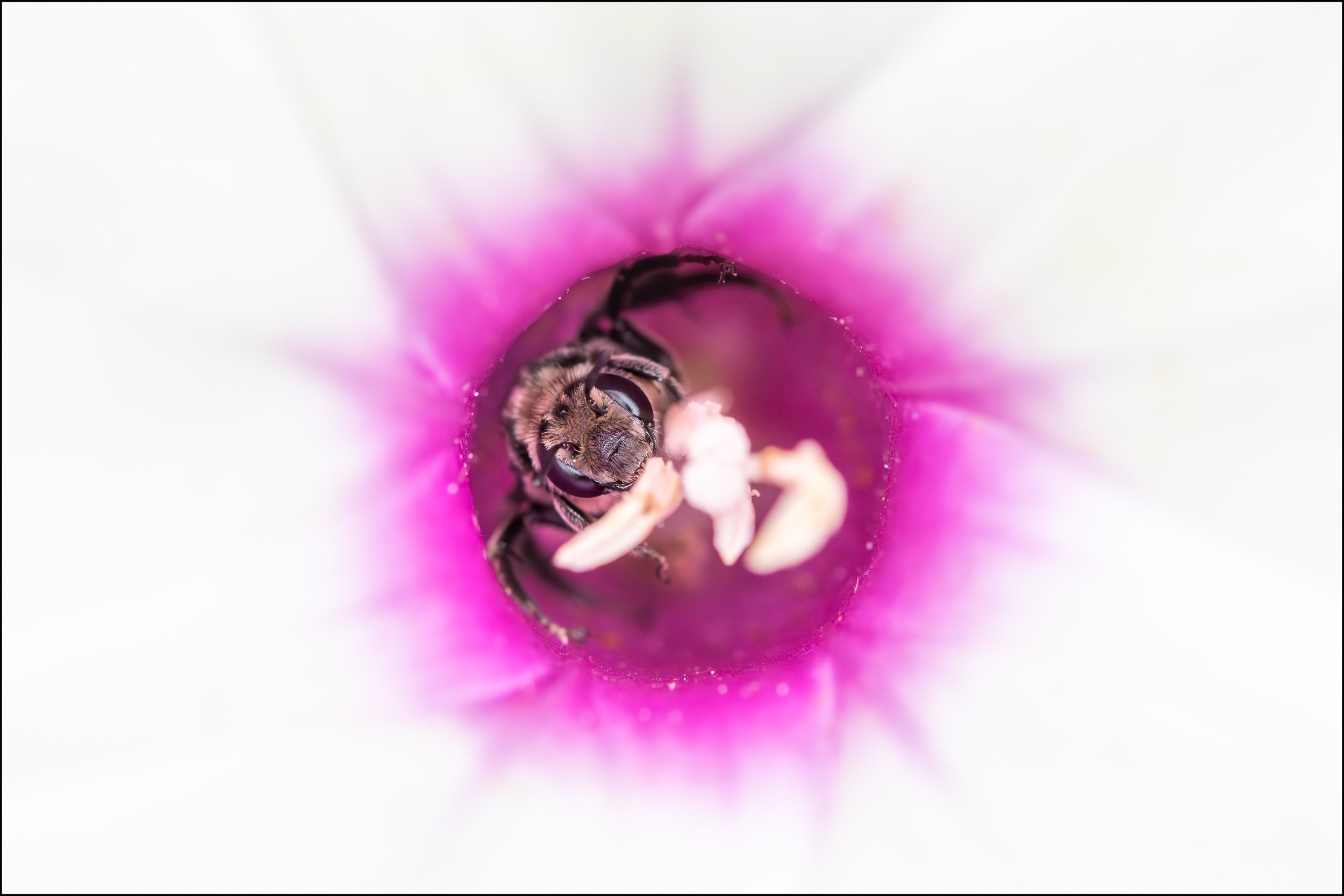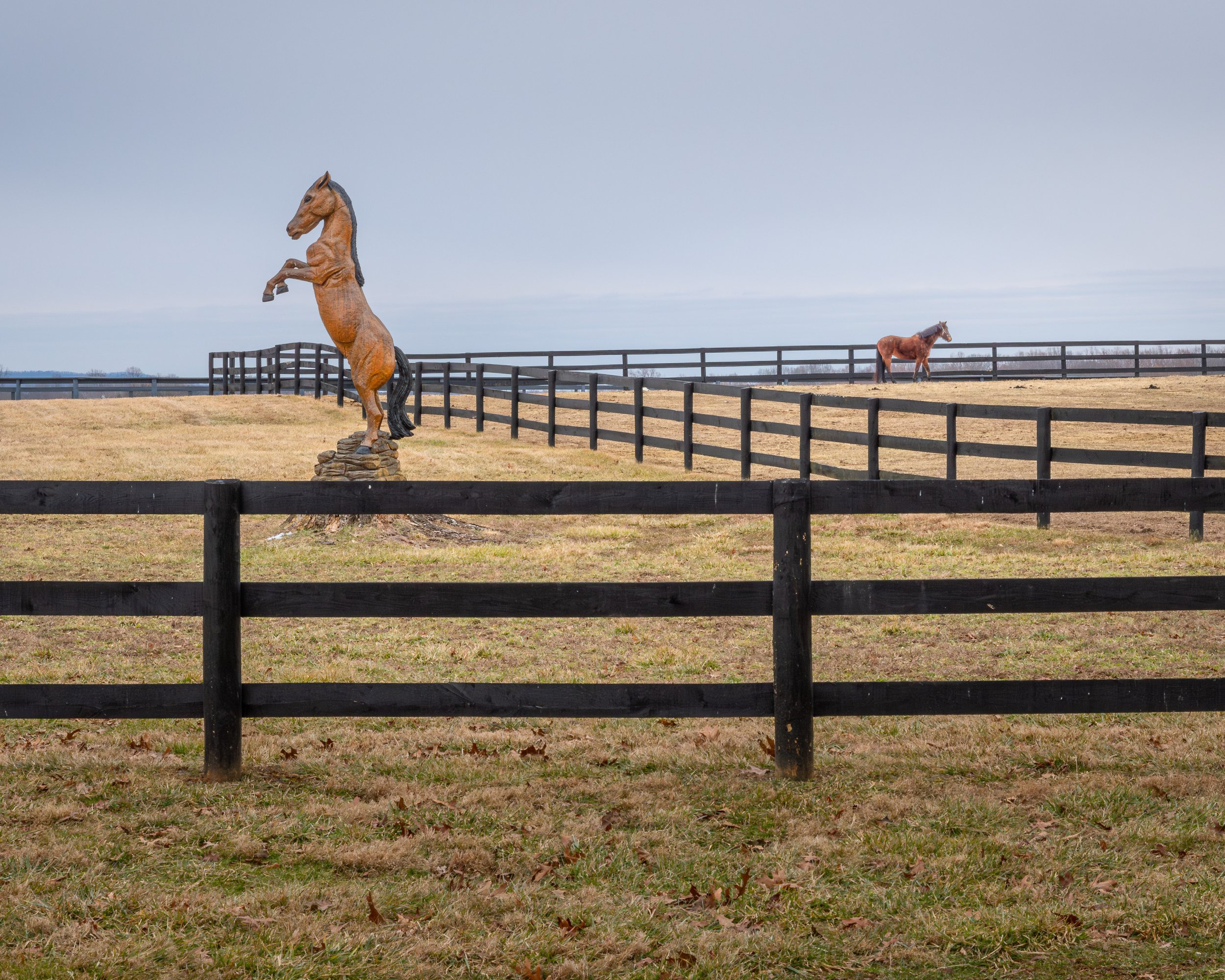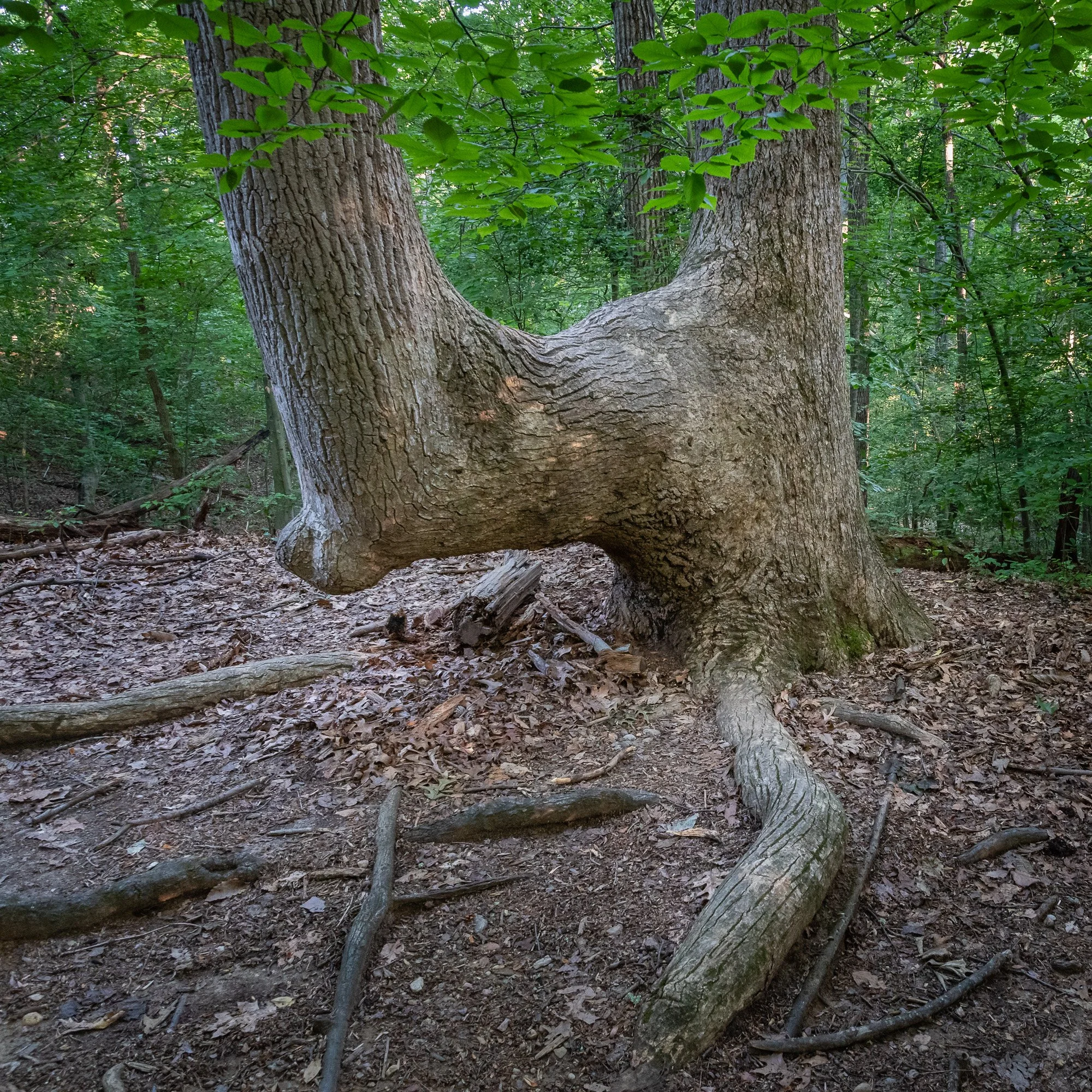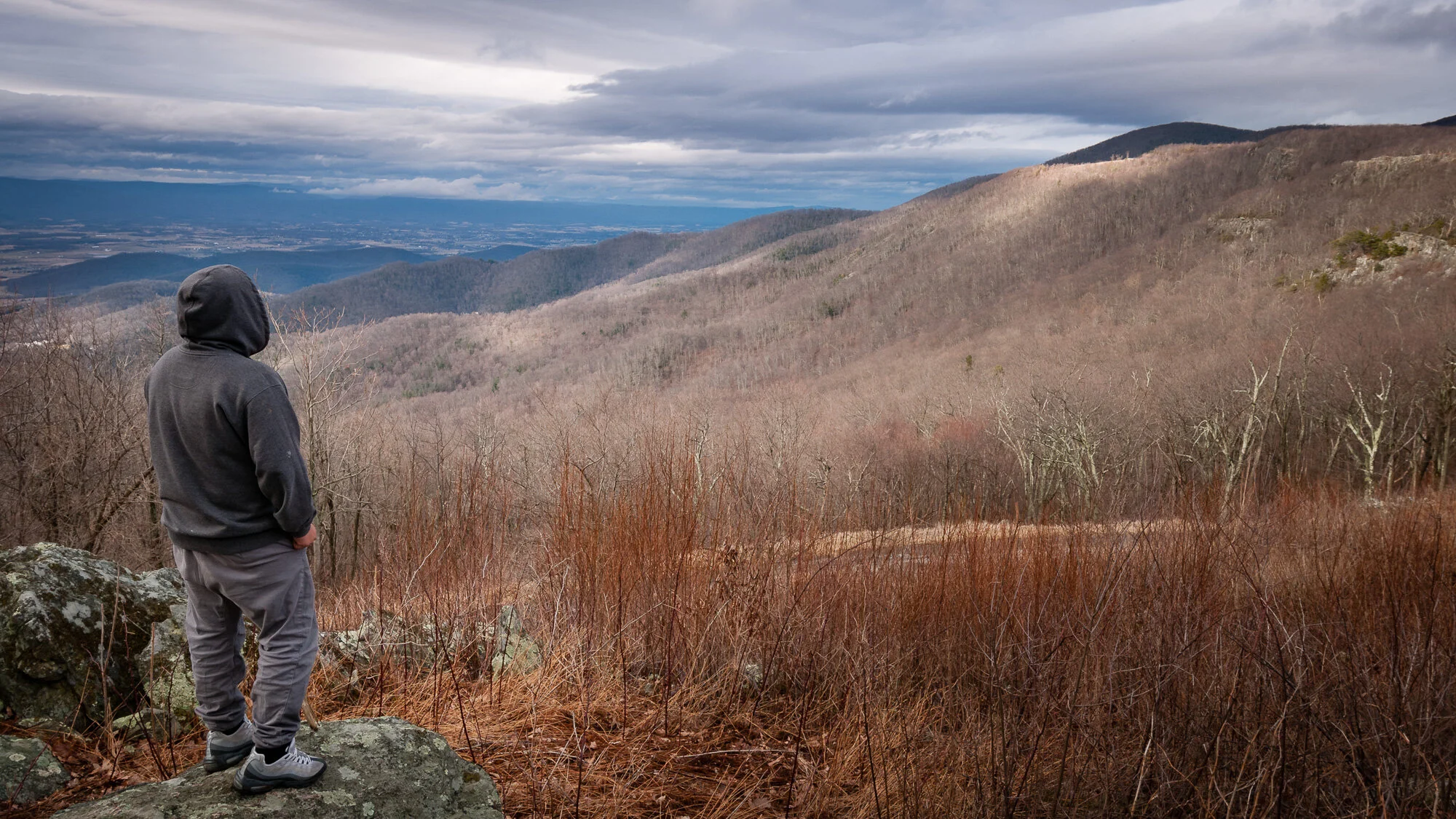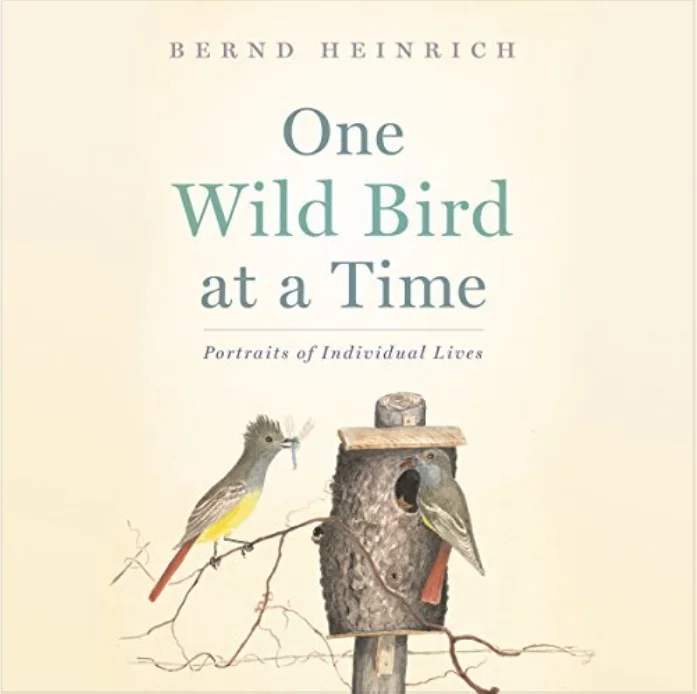Final image of Familiar Bluet Damselfly
I’d been hiking through a park looking for insects to photograph. I observed and made images of dragonflies, spiders, butterflies, and moths, but I was most drawn to the light blue Familiar Bluet damselfly. Damselflies are fascinating creatures. They are smaller and more delicate than dragonflies, but otherwise look similar. The Familiar Bluet is light blue with patches and stripes of black. It has a long, straight abdomen that can be quite flexible.
What drew me to the Familiar Bluet this day was the nice contrast of the blue damselfly in front of a pale green background of out of focus plants. So I started looking for damselflies with good poses in front of workable backgrounds. The first couple images I made did show the damselfly against a green background, but the background was somewhat busy with blades of grass crossing the frame.
Familiar Bluet Damselfly against distracting background
Better background, but still distracting
Another image I made has the damselfly posed on a curling leaf. The damselfly looks good, but it’s not a very attractive leaf, with several holes and dark spots. One of the holes is lined up with the head of the damselfly, which I find distracting.
Familiar Bluet Damselfly on leaf. Still not what I'm looking for.
Finally, I found a background that seemed more promising. The damselfly had landed on a plant with small narrow leaves that in some ways reminded me of the damselfly’s narrow body. But my first images in this environment had a busy background with a large branch directly behind the damselfly. I found the light areas of the branch distracting, so I kept looking for a different position, watching and waiting as the damselfly would fly from perch to perch.
Familiar Bluet Damselfly. Getting better.
The key to these situations is patience. Stay in one area for a while. Work the scene. Watch the behavior of the insects. Observe how they sometimes return to the same perch over and over again. If this perch happens to be a good one then set up the camera aimed at the perch. Get everything ready and then wait for the insect to return. It often will. That’s what occurred in this situation. I’d found what I felt was an attractive perch. The perch was far enough from most of the rest of the background to keep the background nicely out of focus. The background was light green that contrasted well with the light blue of the Familiar Bluet damselfly. I was able to line up the damselfly parallel enough with the focal plane of the camera to get most all of it in reasonable focus. I’d also stopped down the aperture to f/13 to help give me enough depth of field to cover the damselfly but not too much of the background. This proved to be the image I was most pleased with.
Final image of Familiar Bluet Damselfly.
Do you enjoy these posts?
Sign up to receive periodic emails with updates and thoughts. Don’t worry, I won’t spam you. And please consider purchasing artwork or products from my online store, and using my affiliate links in the sidebar to the right when shopping online.
I appreciate your support!
